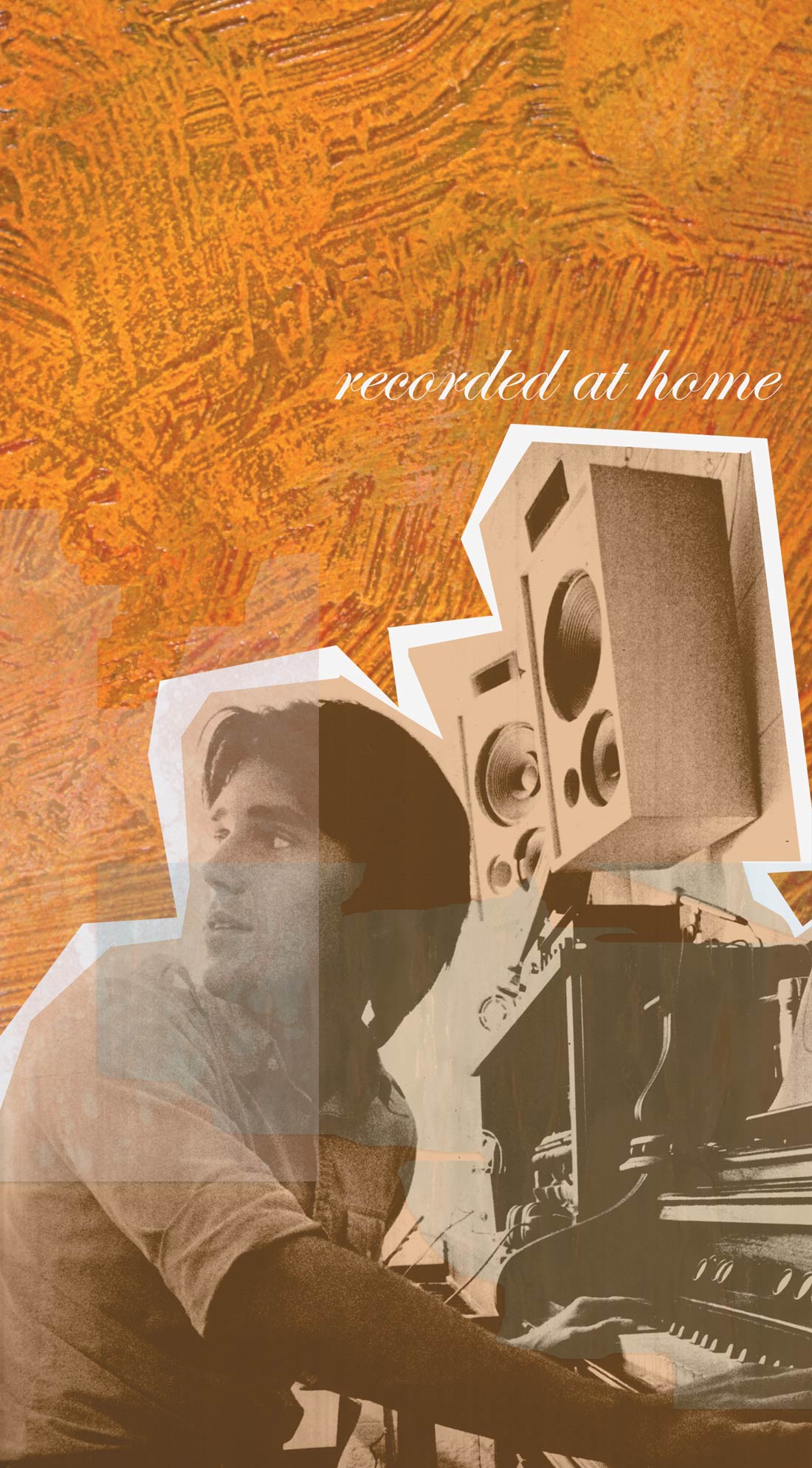D/A converters are often an afterthought in many project studios, but high quality converters are essential for both accurate monitoring and analog processing. Converter quality can be assessed most easily by listening for clarity, depth of field, graininess, and dynamic range, especially in the higher frequencies. For this review, I compared the Benchmark DAC1 to the D/A converters in the following devices: Waves L2, Digidesign 888|24, Fostex D-15 DAT, Crane Song HEDD 192, and Pacific Microsonics HDCD Model Two.
The DAC1 has two balanced, analog XLR outputs in the back: one with a fixed, calibrated level; and the other with a level that's variable via a front-panel knob. There are two digital audio inputs-optical and AES/EBU-along with a coaxial word clock input. Front panel features include two headphone outputs, a volume knob, and a switch for digital-input selection. The DAC1 occupies one-half of a rack unit, allowing two to fit side by side. Two cables with integral 20 dB pads accompany the converter-useful if the calibrated outputs are too hot for your setup. The manual is clear and concise.
My listening room and monitor combination is essentially flat from 8 Hz to 35 kHz. All converters were matched in level for a reading of 85 dB on an SPL meter. During the tests, a single set of cables was used, with each device connected in turn. Various recordings were monitored at both 44.1 kHz and 96 kHz sampling rates (except with the D50 and 888|24). The sonic differences between the converters was immediately obvious. The L2, 888|24, and D-15 sounded gritty and grainy compared to the "high end" alternatives. The depth of field suffered, the hi-end lacked space, the bass was boomy, and the midrange was slightly foggy. On the other hand, the DAC1 yielded an amazingly honest low-end, a clean and clear midrange, and a beautifully reproduced hi-end. Cymbals sounded smooth and clear, not grainy and harsh. Organs recorded in stereo had space and warmth. Cellos sounded like they were right there in the room. Guitars and vocals also sounded clear, clean and accurate. The HEDD 192 also stood out for reproducing the material well. The sounds I heard through the HEDD 192 were warmer-with an analog flavor-but less precise than what I heard through the DAC1, which stayed more true to the sound of the program material. The only converter that surpassed the DAC1 in quality was the Pacific Microsonics Model Two, costing $14,995. At a list price of $800, the Benchmark DAC1 is a steal, bringing "high end" conversion to the project studio budget. ($795 MSRP, benchmarkmedia.com)




_disp_horizontal_bw.jpg)